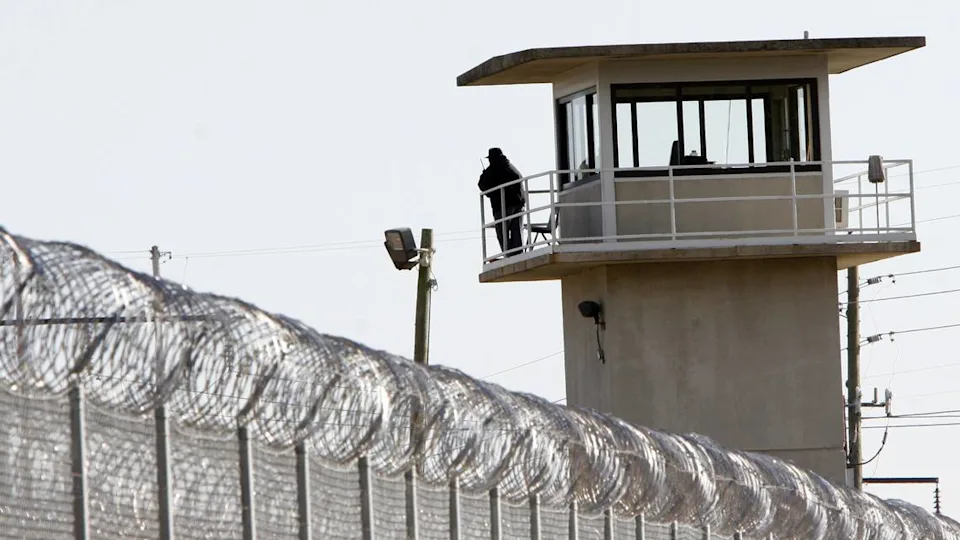Thousands in North Carolina Prisons Endure Summer Heat Without Air Conditioning
RALEIGH, N.C. — With temperatures soaring across the Carolinas this summer, thousands of incarcerated individuals in North Carolina prisons are still enduring sweltering heat without air conditioning, prompting renewed concerns about safety, human rights, and the pace of promised upgrades.
As of July 2025, over 8,500 prison beds across 22 facilities remain without climate control, according to the North Carolina Department of Adult Correction. Despite a multi-year plan to retrofit older prisons with cooling systems by 2026, many inmates — and correctional officers — continue to face extreme heat inside concrete and metal structures.
Living Conditions Called “Torture” by Former Inmates and Advocates
April Barber Scales, who served 18 summers at the North Carolina Correctional Institution for Women in Raleigh, described the heat as unbearable.
“Miserable is an understatement,” she said. “We were constantly sweaty, sticky — people fainted. Staff were agitated, inmates were agitated. There was no escape.”
To survive the heat, Scales said she used wet towels, cold showers, and damp sheets, just to sleep at night. She was eventually transferred to a facility with air conditioning and said the difference was “night and day.”
Prison reform advocates echo her concerns. Kayla Dillard, executive director of NC-CURE, called the summer heat in uncooled prisons a “form of torture”, especially for inmates with preexisting conditions.
“There’s always concern for heat stroke because they have nowhere to escape it,” she said.
State Officials Pledge Universal A/C by 2026
The state began addressing the issue in 2021 when lawmakers allocated $30 million to begin upgrading facilities. That budget has since grown to $92.7 million through additional funding. Progress includes:
-
5,308 beds upgraded with A/C so far
-
4,129 beds currently under construction
-
Target of full air conditioning by late 2026
Some upgrades are being carried out by incarcerated men themselves, working through the Construction Apprenticeship Program in coordination with prison staff.
Health Risks Are Growing With the Climate Crisis
Extreme heat poses serious medical risks, especially for the aging prison population and those on mental health medication. According to health experts, prolonged exposure to high temperatures in facilities made of brick, concrete, and metal amplifies the danger.
“You’re essentially putting people in a metal box over 100 degrees for weeks at a time,” said Ufuoma Ovienmhada, an environmental health researcher at the University of Arizona. “It’s not rehabilitating — it’s dangerous.”
A 2024 study in the journal GeoHealth found that nearly 1 million incarcerated people in the U.S. are held in facilities increasingly vulnerable to dangerous heat levels.
Staff and Officers Affected Too
Correctional officers share the same overheated spaces and are also facing health impacts and burnout. The North Carolina correctional officer vacancy rate is hovering around 40 percent, further complicating efforts to manage heat-related emergencies effectively.
National Pressure Growing Over Prison Conditions
Lawsuits over excessive heat in prisons have already been filed in Texas and Florida, with plaintiffs citing “cruel and unusual punishment” under the Eighth Amendment. North Carolina hopes to avoid similar legal challenges by staying on track with its 2026 upgrade goal.
“When North Carolina finishes its prison cooling project, it could become an example for the rest of the country,” said Dr. Robbie Parks of Columbia University, who studies prison environmental risk.
Do you believe all correctional facilities should be required to have air conditioning?
Share your thoughts on inmate rights and prison infrastructure in the comments at SaludaStandard-Sentinel.com.







